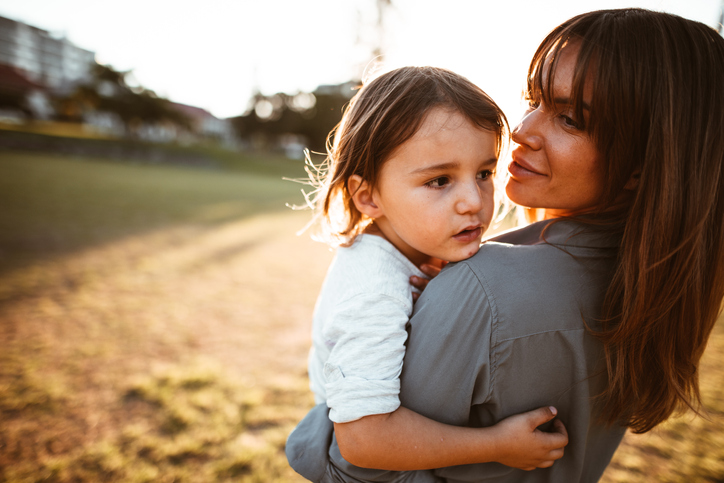Findings taken before COVID-19 have shown women and children are at the highest risk of living below the poverty line in Australia, with fears these statistics will increase due to pressures faced during the pandemic.
The 2020 collaborative report by the Australian Council of Social Service (ACOSS) and the University of New South Wales (UNSW) shows 18% of children are likely to live in poverty, compared to 14% of the total population.
The report also shows living below the poverty line is twice as likely when women are the main income earners in households with children (23%) compared to when men are the main income earners (10%).
ACT Council of Social Service (ACTCOSS) CEO, Dr Emma Campbell, said while the ACT’s poverty rate was below the national average, the Territory needed to continue to address the number of families living below the poverty line.
“The poverty rate in the ACT is 8.6% which is around 30,000 people, while the rate in Australia is 13.6% so we are lower than that,” she said.
“What is really important to understand is obviously Canberra has higher averages but if you are in that 8.6%, you’re making choices between paying your energy bill and putting food on table for your kids.”
Dr Campbell said the increased pressure of COVID-19 would be concerning for those statistics going forward.
“Women have been hit hardest by the impacts of the crisis. Areas with job losses have been highly female dominated sectors,” she said.
“They have also seen their caring obligations increase during COVID-19 – so we are going to see those numbers increase.”
Children’s education charity The Smith Family are working hard to combat the pandemic’s impact on education for children living below the poverty line, as it launched its winter appeal today, 2 June.
The Smith Family CEO Dr Lisa O’Brien said there were several factors impacting the disruption of education and feared they would heighten the risk of disengagement from already disadvantaged children.
“Since March, we have seen the biggest disruption to education ever posed to Australian children. As communities, schools and families continue to face difficult times, The Smith Family is deeply concerned that children who were already living in disadvantage before COVID-19 will face additional hardship, and risk slipping further behind in their education,” Dr O’Brien said.
“Not only has their education been disrupted, but their families may not have been in the best position to support their children’s home learning.
“This may be due to a lack of access to digital technology, having inadequate learning spaces at home, or parents’ own schooling experiences potentially limiting the educational support they can offer their children.”
The Smith Family 2020 Winter Appeal aims to raise $4.2 million by 30 June, for learning and mentoring programs for disadvantaged children, many of which would be offered remotely and estimated to reach 10,740 children.
Dr Campbell said ACTCOSS would be putting pressure on the Commonwealth and ACT Governments to increase rental assistance and maintain welfare increases on the other side of the pandemic.
“It’s really important we maintain the increases to welfare we saw during COVID-19 so that we don’t see such large numbers of women, children and people who are looking for work living in poverty,” she said.
“As well as increasing rental assistance so that Australians have enough rental support across the country, we really need to focus on how we can achieve full employment and in jobs that support women, in particular, that can reach a flexible working arrangement for their caring responsibilities.”



